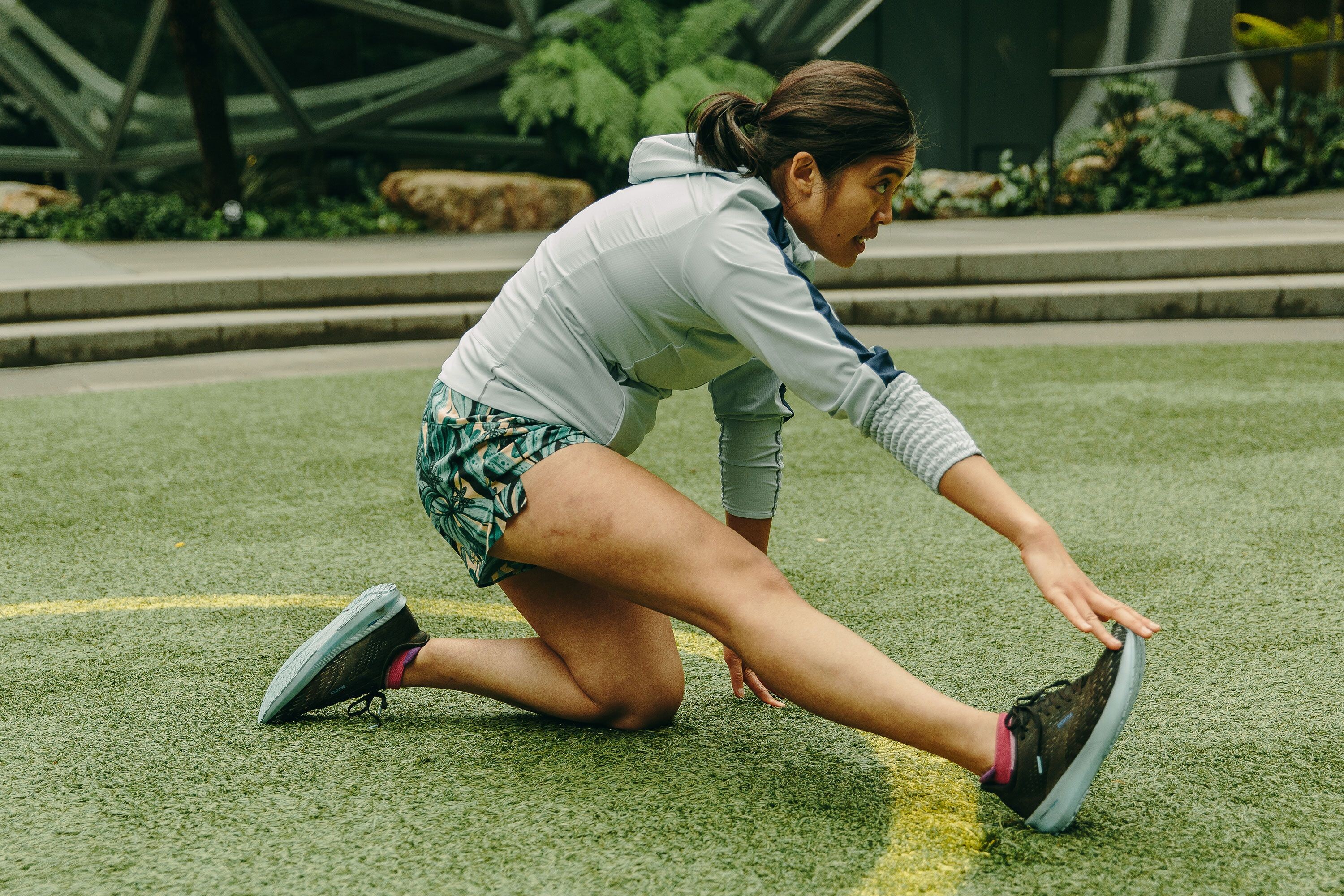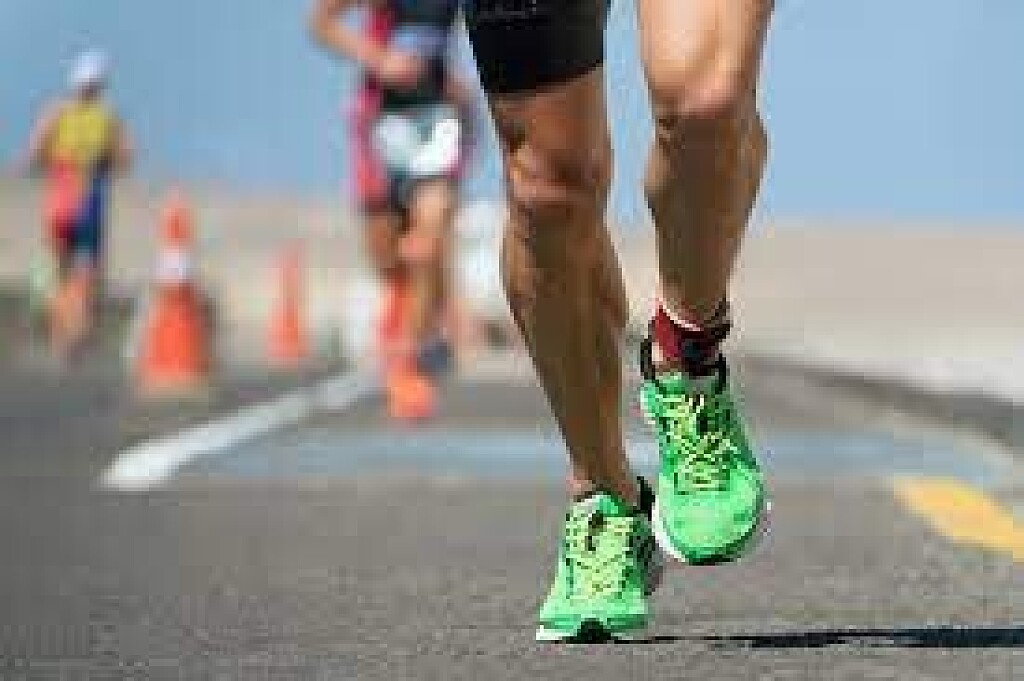Running News Daily
Running News Daily is edited by Bob Anderson. Send your news items to bob@mybestruns.com Advertising opportunities available. Train the Kenyan Way at KATA Kenya and Portugal owned and operated by Bob Anderson. Be sure to catch our movie A Long Run the movie KATA Running Camps and KATA Potato Farms - 31 now open in Kenya! https://kata.ke/
Index to Daily Posts · Sign Up For Updates · Run The World Feed
How to condition your legs to run further
Often, runners concentrate on racking up the miles at the expense of all other training. At some point, your body will scream “no more!” and protest by breaking down with a knee, calf, or ankle-based injury, side-lining you for weeks or even months. But with the right steps you can build up your legs’ strength and carry yourself further on your runs.
All of which would certainly come in handy ahead of the Wings for Life App Run on Sunday, May 7, 2023, which will see runners across the world raising vital funds for the Wings for Life Foundation, as they try and outrun a virtual Catcher Car via an app on their phone (sign up here!). So if you truly want to bulletproof your lower limbs for a test of pure distance, this is the one to sign up for.

Without further ado, here are the pointers you need...
1. Always stretch.
A simple one to start, but one often neglected by runners. Stretching your calves and quads is key to building leg strength for running. “The idea is to improve movement of the ankle and knee joints before running,” says Pat Gillham, specialist musculoskeletal physiotherapist at Pure Sports Medicine. “This will help prevent over-loading of the joints by the repetitive nature of running.” Gillham also advises doing stretches before you run will give increased range of movements to the joints.

Calves can be stretched off a step and quads by holding your heel to your bum while standing or kneeling. Stretches should be held for 60 seconds at a time, and Gillham advises doing stretches before you run, “but not to the point of complete muscle fatigue otherwise your muscles won't be able to cope with running,” he adds.
2. Use a foam roller
Many runners see the foam roller as an instrument of torture, designed to reduce grown adults to tears. But, says Gillham, using a foam roller is key for helping your legs run further. “A foam roller can be the perfect way to give yourself soft-tissue release instead of, or in addition to, stretching.” And if you are going to target one area? Go for the outer hip. A Pulseroll vibrating roller is a good place to start.
3. Choose the right shoes and socks
Another simple tip, but one that can easily be overlooked when you enter a running shop and your mind becomes overwhelmed at the sheer size of the selection on offer. Most reputable running shops now have treadmills in store, where staff can watch you run, check your gait and suggest appropriate shoes. And Brooks and Saucony even have their own proprietary analysis systems. Also, consider compression socks, too. “They can reduce irritation to the fascia in your calves by reducing vibrations that come from the landing,” says Gillham.
4. Increase your leg-strength work
Gillham stresses the importance of building your legs’ strength through regular gym work. "Single-leg deadlifts/single-leg bridges/high step-ups/single-leg heel raises [seated and standing]/side planks – all these exercises are great for adding to your workout to increase your legs’ power," he says. “High reps are ideal, until fatigue with or without weight. This type of programme should be done ideally three to four times per week for a duration of six to eight weeks to see any benefit.”
Below are two exercises you can easily incorporate into your weekly strength and conditioning programme, or just do at home when you have five minutes...
5. Romanian deadlifts
“Your average Joe tends to ignore muscles they can't see,” says Richard Tidmarsh, strength and conditioning coach and founder of Reach Fitness. “Your hamstrings are key for running performance and they are hiding at the back of your legs and so are often ignored. Romanian deadlifts will strengthen your posterior chain, making you a more powerful and effective athlete.”
6. Monster walks
“Most people's glutes retired themselves from active duty years ago,” says Tidmarsh. “This is the modern-day curse of a desk job. But to be a good runner and to avoid injury, you need your glutes to fire up. The elastic bands you see in a gym that nobody ever uses? They’re your friend. Every training session, strap a band around your thighs, settle into a half squat and then walk side to side with little steps. It's called a monster walk for a reason; you should feel your glutes on fire. This will prime them ready to work when you are running.”
7. Get plenty of rest
And finally, what everyone wants to hear. “Put your feet up,” says Tidmarsh. “Runners often become obsessed with mileage. The more you do the better, right? Wrong. Running puts a huge amount of stress on your body’s major joints, particularly if you are out pounding the streets. So learn to take a rest, and focus on the quality of your training rather than the quantity. Space out your training runs throughout the week, have weekly sports massages and try to use running tracks or trails rather than roads, as the surface is more forgiving.”
by Howard Calvert
Login to leave a comment




